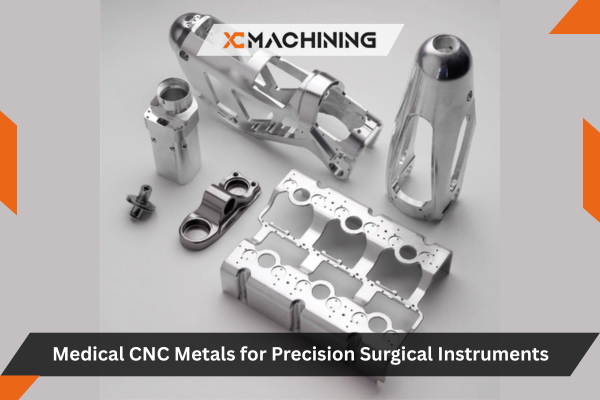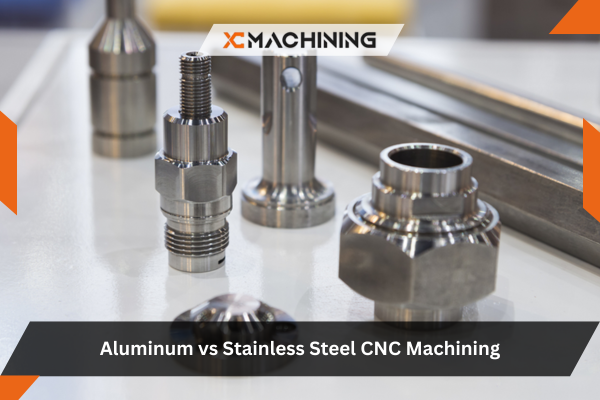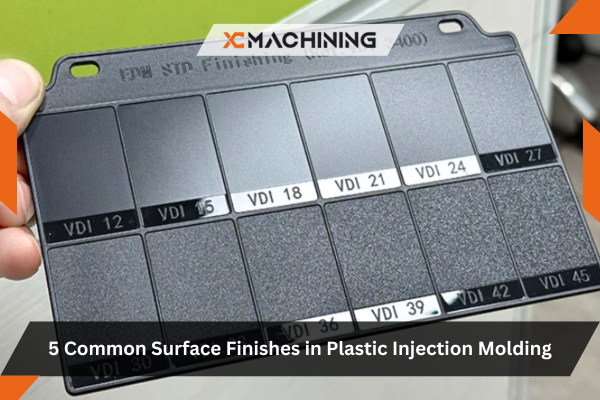Though not sure where to start, are you interested in 3d printing and rapid prototyping? Perhaps you have seen movies illustrating futuristic technology layer by layer or heard your pals discuss printing fascinating devices overnight. If you are scratching your head and wondering how all of this comes together or how much it costs you are not alone. In this article, we’ll dive deeper into how 3d printing and rapid prototyping work, where they’re used, which materials lead the pack, and what the real costs look like. We’ll also talk about tips, common pitfalls, and emerging trends so you can make the best decisions for your next project.
The Evolution Of 3D Printing And Rapid Prototyping
3D printing technology took its first steps in the 1980s, but it was mostly for specialized labs. Over time, improvements in hardware and software turned it into a mainstream tool. Now, 3d printing and rapid prototyping help companies shorten product development cycles, experiment with bold designs, and stay competitive.
From Niche Concept To Mainstream
Before it hit the mainstream, 3d printing and rapid prototyping were just weird experiments. Only large corporations could afford them. Today, desktop printers and affordable materials mean small businesses and even hobbyists can print prototypes in their garages without a steep learning curve.
Better Tools, Bigger Impact
Upgraded machines now deliver finer layer resolutions and faster print times. Software improvements also allow complex designs to be sliced and printed smoothly. Combined with new materials, these tools have made 3d printing and rapid prototyping a serious contender for full-scale manufacturing in certain cases.
Crafting The Future One Layer At A Time
Building parts layer by layer might sound slow, but it’s incredibly efficient. Unlike traditional machining that cuts away from a solid block, additive manufacturing wastes less material. This step-by-step process is opening doors for custom products and creative ideas we’ve never seen before.
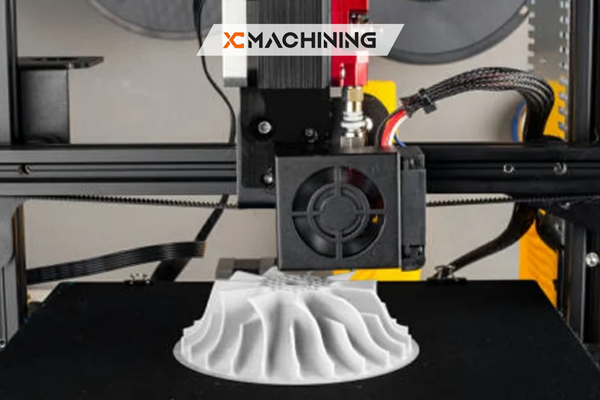
Materials Used in 3D Printing and Rapid Prototyping
The variety of materials and substances that can be utilized for 3D printing and rapid prototyping is continually increasing to serve a wide range of needs. Follow on for the summary of the most prevalent substances.
Plastics and Polymers
Plastics stand out as the largely preferred substance in 3D printing and rapid prototyping. From simple PLA and ABS, there are also engineering-grade materials like nylon and polycarbonate, plastics used for different purposes, and a wider range of applications.
Metals
With the introduction of 3D printing and rapid prototyping metals, there has been a shift in the space, automotive, and medical industries. Substances include stainless steel, titanium, aluminum, and many alloys.
Composites and Specialty Materials
Composite materials are those which incorporate the centripetal properties of a range of materials to fit specific features. Carbon fiber-reinforced filaments have a very strong strength-to-weight ratio and filled filaments offer different visuals.
Quick Tip: When choosing materials for 3D printing and rapid prototyping, think not only of the immediate printing parameters but also of the part’s lifetime properties and the environmental factors it will face.
3D Printing Technologies Explained
Different technologies provide the 3D printing and rapid prototyping of parts with differing levels of accuracy, strength, detail, and materials used. These distinctions enable you to select the most suitable technology for your situation.
FDM (Fused Deposition Modeling)
FDM is the most popular and economical type of 3D printing technology. In FDM, a plastic filament wire is melted and deposited layer by layer. Great for hobbyists and novice advertisers, FDM serves as a middle ground between cost and capability.
SLA (Stereolithography)
Stereolithography employs a laser to cure a liquid resin in fine, thin slices. SLA yields parts of stunning detail with great surface finishes, which is perfect for jewelry, dental work, intricate prototypes, and more.
SLS (Selective Laser Sintering)
SLS involves a laser sintering of powder materials, typically nylon, into solid pieces. This approach does not require any support structures and allows the creation of parts with complex shapes and good mechanical strength. SLS printing can produce completely operational mechanical assemblies that have moving parts all in one build step. No assembly is needed!
Technologies for Printing Metal
Technologies for 3D printing metal include DMLS (Direct Metal Laser Sintering) and EBM (Electron Beam Melting). These technologies are capable of producing intricate metal components that would otherwise be very difficult, or indeed impossible, to create using conventional machining techniques.
Industries Benefiting From 3D Printing And Rapid Prototyping
Healthcare is a standout example. Medical professionals print patient-specific implants, surgical guides, and even prototypes for prosthetics. This customization speeds up healing times and improves comfort.
The automotive world loves 3d printing and rapid prototyping for making lightweight parts and testing new car features. Mechanics can print tools on demand, and car manufacturers can iterate on designs without waiting weeks for molds.
Aerospace takes advantage of 3D-printed components that must endure extreme conditions. Cutting weight by even a few ounces can mean huge fuel savings. Meanwhile, consumer electronics companies use rapid prototyping to churn out sleek devices and try new design concepts quickly.
- Fact Box
According to NASA, 3D-printed rocket parts can reduce manufacturing time and cost, improving mission efficiency.
Home appliance creators, fashion designers, and even food companies experiment with printed products. Whether it’s a custom-fit shoe insert or a limited-run kitchen gadget, 3d printing and rapid prototyping can make production nimble and personalized.
Cost Factors And Budgeting
When people ask about 3d printing and rapid prototyping, one of the first questions is usually, “How much will it cost?” The answer: it depends on the complexity of your design, the materials you choose, and the type of printer.
A home-based printer can cost under $300, while industrial-grade machines can climb into the six-figure range. Materials also vary widely. A basic spool of PLA might be $20, while specialized metal powders can be hundreds or even thousands of dollars per kilogram.
Design complexity matters, too. A simple shape that prints in an hour will cost far less than an intricate part that takes 20 hours of printing plus several finishing steps. Don’t forget to factor in electricity, maintenance, and potential failures.
- Warnings Box
If you’re using a budget printer for business, be prepared for more frequent jams or part malfunctions. Always calculate downtime and repairs into your final costs.
Designing Efficiently For Additive Manufacturing
Designing for 3d printing and rapid prototyping isn’t the same as designing for injection molding or CNC milling. Overhangs, support structures, and layer orientation all affect the final outcome. By optimizing geometry, you can reduce print time and use fewer supports.
A good rule of thumb is to avoid features that need complex support. If your part has intricate angles, see if you can break it into separate pieces that fit together later. This approach often saves time and resources, even if it adds a small assembly step at the end.
- Quick Tip
Use fillets and chamfers where possible. Sharp corners can lead to stress concentrations, reducing the durability of a 3D-printed part.
CAD software like Fusion 360 or SolidWorks has tools specifically for additive manufacturing. These features warn you about potential pitfalls, such as thin walls that could collapse or holes that might print poorly. By getting design feedback early, you can sidestep printing disasters.
Integrating 3D Printing And Rapid Prototyping With Traditional Methods
While 3d printing and rapid prototyping are powerful, they’re often most effective when combined with traditional techniques. For example, you might print a mold master in resin and then use it for silicone casting. Or you could print a complex bracket that’s welded onto a traditionally machined frame.
Many factories integrate additive manufacturing into their workflow to create jigs or fixtures for assembly lines. These custom tools hold parts in place for precise drilling or welding, speeding up production and boosting quality. Even low-volume runs can benefit, especially when the cost of making a traditional mold is too high.
- Suggestion: If your final product is best made through traditional molding, try 3D printing for prototyping first. It’ll save you from investing in expensive tools until your design is final.
Building A Scalable Workflow
Small-scale printing might work fine if you’re just testing an idea. But what if you need to print a thousand units every month? Scaling up 3d printing and rapid prototyping requires careful planning. You’ll need multiple printers or a partnership with a service bureau that can handle bulk orders.
Consider the logistics: do you have enough space for additional machines and ventilation? Will you need to hire staff who understand slicing software and troubleshooting printer issues? Scaling also means consistent quality checks. One miscalibrated printer could ruin dozens of prints before anyone notices.
A scalable workflow includes reliable material sourcing. Make sure your suppliers can meet higher material demands. If you frequently switch materials, factor in the time needed to reconfigure each printer. Efficiency hinges on planning, testing, and continuous improvement.
Future Trends And Emerging Technologies
The world of 3d printing and rapid prototyping is always evolving. Researchers are experimenting with new materials like bio-based resins, recyclable composites, and even edible pastes. In medicine, there’s talk of printing human tissue for organ transplants, though that’s still in the early stages.
Automation is another hot topic. Some factories now use robotic arms to remove finished prints, start new ones, and perform basic post-processing. This minimizes human involvement and speeds up production. Cloud-based platforms also allow remote monitoring, letting you start a print at the office and check its progress from home.
As printers get bigger and faster, entire sections of airplanes, cars, and houses could roll off an assembly line of massive additive machines. While it sounds futuristic, these ideas are slowly becoming reality. Keeping an eye on trends helps you adopt promising technologies before your competitors do.
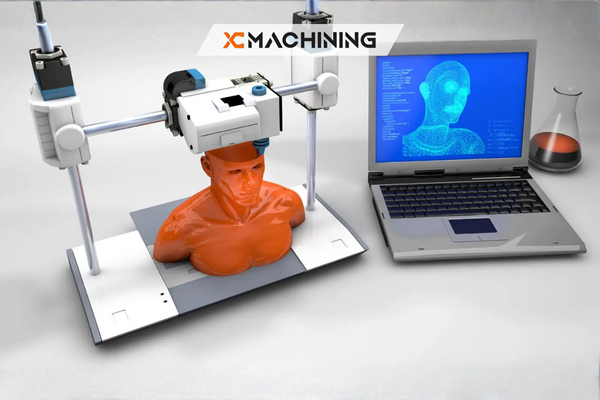
A Quick Table
Below is a quick overview of how various factors compare when you’re planning your rapid prototyping projects:
| Factor | Low-End Desktop Printer | Industrial-Grade Printer |
|---|---|---|
| Initial Cost | $200–$1,000 | $50,000–$500,000+ |
| Materials | Basic filaments (PLA, ABS, PETG) | High-grade plastics, metals, resins |
| Maintenance | Manual calibration, more frequent part swaps | Professional service contracts, automated calibration |
| Print Volume | Limited (small build plate) | Large build area for bigger or multiple parts |
| Speed And Quality | Good for prototypes, slower speeds | Faster, finer layers, production-level consistency |
| Best For | Hobbyists, small-scale rapid prototyping | Full-scale production, specialized industry parts |
Conclusion
When you step back and look at everything, it’s clear that 3d printing and rapid prototyping offer immense benefits across many fields. Whether you’re designing a one-off product or scaling up to hundreds of parts, you can transform ideas into reality faster than ever. The ability to iterate designs quickly and keep costs in check can make all the difference in beating your competition.
In short, 3d printing and rapid prototyping can supercharge your innovation process if you choose the right materials, master the basics of design for additive manufacturing, and budget smartly. Stick to best practices, watch out for common pitfalls, and stay updated on emerging technologies. By doing so, you’ll be well on your way to printing the future—layer by layer.
FAQs
- How do 3d printing and rapid prototyping compare to traditional manufacturing for large productions?
They can be slower for extremely high volumes, but they offer more flexibility and quicker setup times. For smaller runs or intricate parts, additive manufacturing often wins.
- Can I print metal parts at home?
It’s possible but challenging. Desktop metal printers exist, yet they’re pricier and more complex than regular plastic-based machines.
- Are 3D-printed parts strong enough for industrial use?
They can be. With the right material and print settings, some 3D-printed parts rival traditionally machined components in durability.


